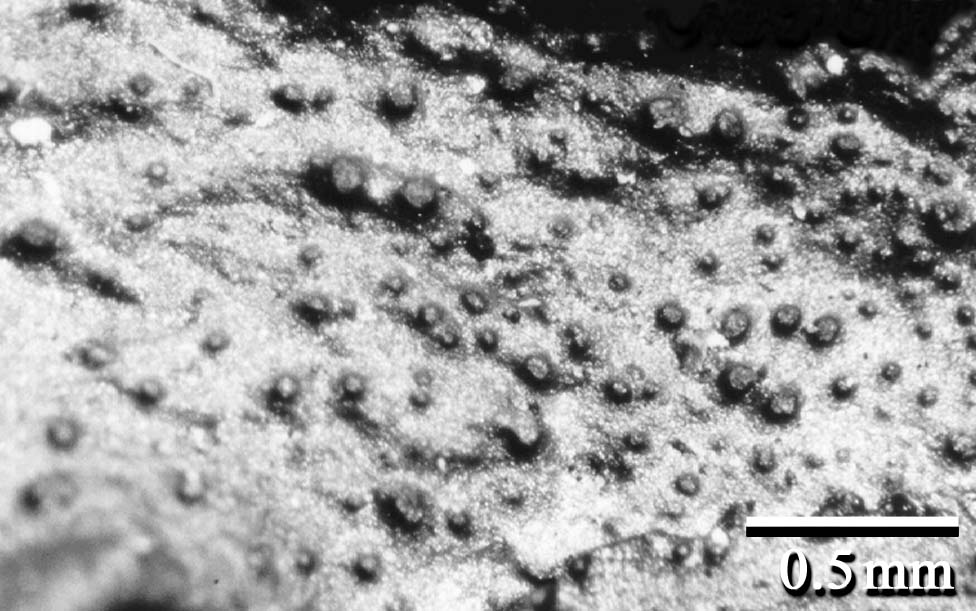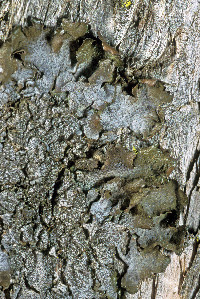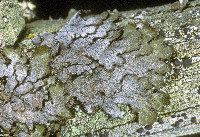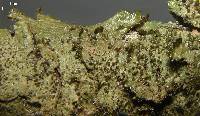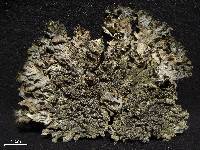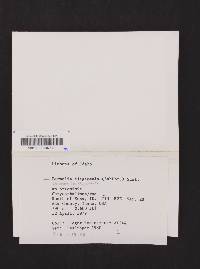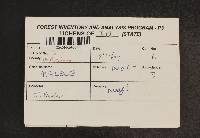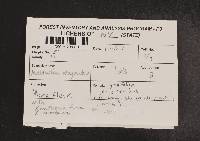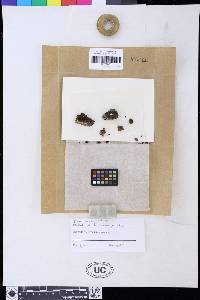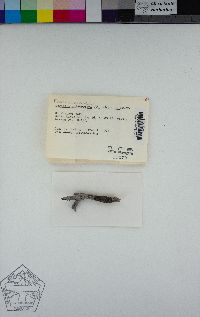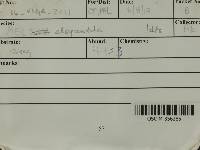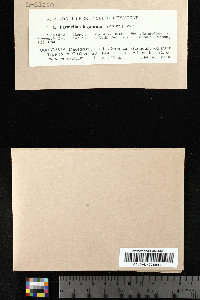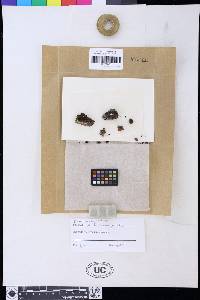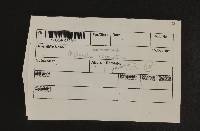
Consortium of Lichen Herbaria
- building a Global Consortium of Bryophytes and Lichens as keystones of cryptobiotic communities -
- Home
- Search
- Images
- Species Checklists
- US States: O-Z >
- US National Parks
- Central America
- South America
- US National Parks
- Southern Subpolar Region
|
|
|
|
Family: Parmeliaceae
[Collema exasperatum Ach., moreImbricaria exasperata (Ach.) Rabenh., Melanelia elegantula (Zahlbr.) Essl., Melanelia elegantula var. elegantula (Zahlbr.) Essl., Melanelia elegantula var. isidioidea (H. Olivier) S.Y. Kondr., Melanelia incolorata (Parrique) Essl., Parmelia aspidota var. elegantula Zahlbr., Parmelia elegantula (Zahlbr.) Szatala, Parmelia elegantula subsp. elegantula (Zahlbr.) Szatala, Parmelia elegantula var. americana Räsänen, Parmelia elegantula var. elegantula (Zahlbr.) Szatala, Parmelia elegantula var. isidioidea (H. Olivier) Hillmann, Parmelia exasperatula var. elegantula (Zahlbr.) Zahlbr.] |
Nash, T.H., Ryan, B.D., Gries, C., Bungartz, F., (eds.) 2002. Lichen Flora of the Greater Sonoran Desert Region. Vol 1. Thallus: adnate to loosely adnate, appressed throughout or somewhat raised near the periphery, foliose, up to 6 (10) cm diam., lobate lobes: short and rounded to slightly elongate, ± contiguous to imbricate, 1-4 (-7) mm broad, ± flat upper surface: pale olive-green to dark olive-brown, red-brown or darkening, ± smooth to irregularly and slightly pitted or wrinkled; usually dull, occasionally weakly shiny, especially near the lobe ends, frequently lightly to quite heavily pruinose isidia: arising near the lobe ends as small rather evenly scattered, conical to hemispherical papillae (not constricted at the base) with obscure to distinct pseudocyphellae at the tips, growing into usually ± cylindrical isidia up to 1 or occasionally 1.5 mm long and (0.03-) 0.05-0.2 (-0.4) mm diam., often developing unequal side branches lower surface: pale tan to dark brown or black, generally paler near the periphery, or often mottled pale and dark throughout, smooth to irregularly wrinkled or trabeculate in spots, dull to slightly shiny; moderately to somewhat sparsely rhizinate, the rhizines mostly concolorous with the lower surface Apothecia: infrequent, up to 3.5 mm diam., sessile to very short- stipitate, concave or flattening, the margin entire to crenulate at first, becoming papillate to strongly isidiate asci: clavate, 8-spored ascospores: ellipsoid to broadly ovoid or occasionally almost subglobose, 8-11.5 x 4.5-7 µm Pycnidia: rare, immersed conidia: acerose to fusiform, c. 7 x 1 µm Spot tests: upper cortex K-, C-, KC-, P-, HNO3-; medulla K-, C-, KC-, P- Secondary metabolites: none detected. Substrate: most common on bark or wood, also on rocks World distribution: northern and western North America, Europe, North and Central Africa, Asia, southern South America Sonoran distribution: widely distributed, from boojum forest in Baja California to montane conifer forests. Notes: Very few species within the Sonoran region can be confused with M. elegantula. Melanelia fuliginosa, M. villosella, and sometimes M. subaurifera and M. subargentifera have isidia or isidioid structures, but all are easily distinguished by the C+ red medulla (lecanoric acid), among many other differences. Within the region, only M. exasperatula has true isidia and a C- medulla, but clearly differs by its lack of pseudocyphellate papillae, isidia which are spherical to clavate or spatulate and usually hollow, and a much shinier thallus. The extremely variable and usually fertile species M. subolivacea sometimes has irregular isidia-like warts or knobs, and occasionally also has pseudocyphellate papillae on the lobes, and such specimens have sometimes been misidentified as M. elegantula. However, the warts of M. subolivacea are usually very irregular and seldom become elongate or branched as do the true isidia of M. elegantula, and so the distinction should usually be easy to make. |
|
|
|
Powered by Symbiota

